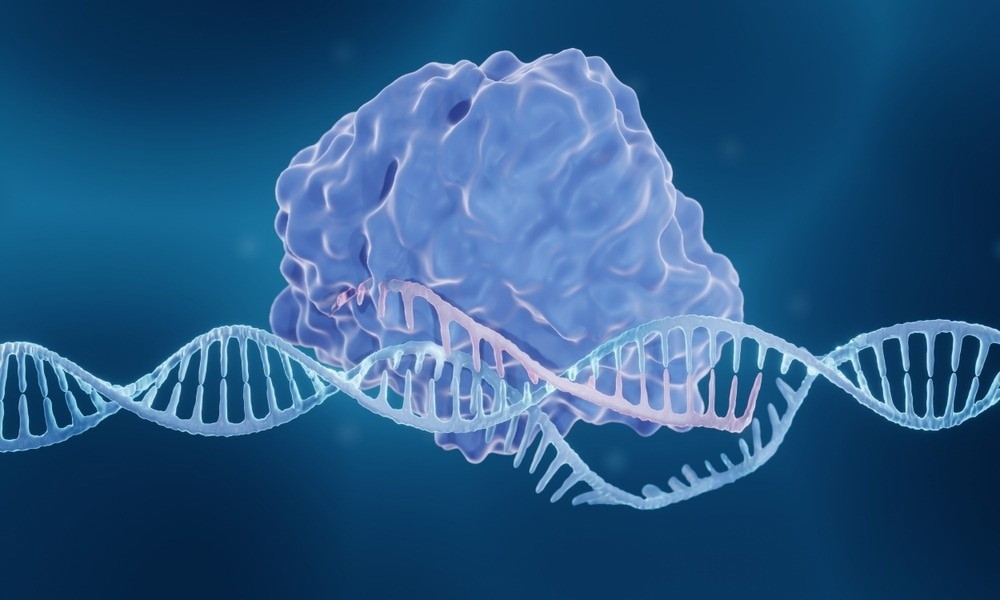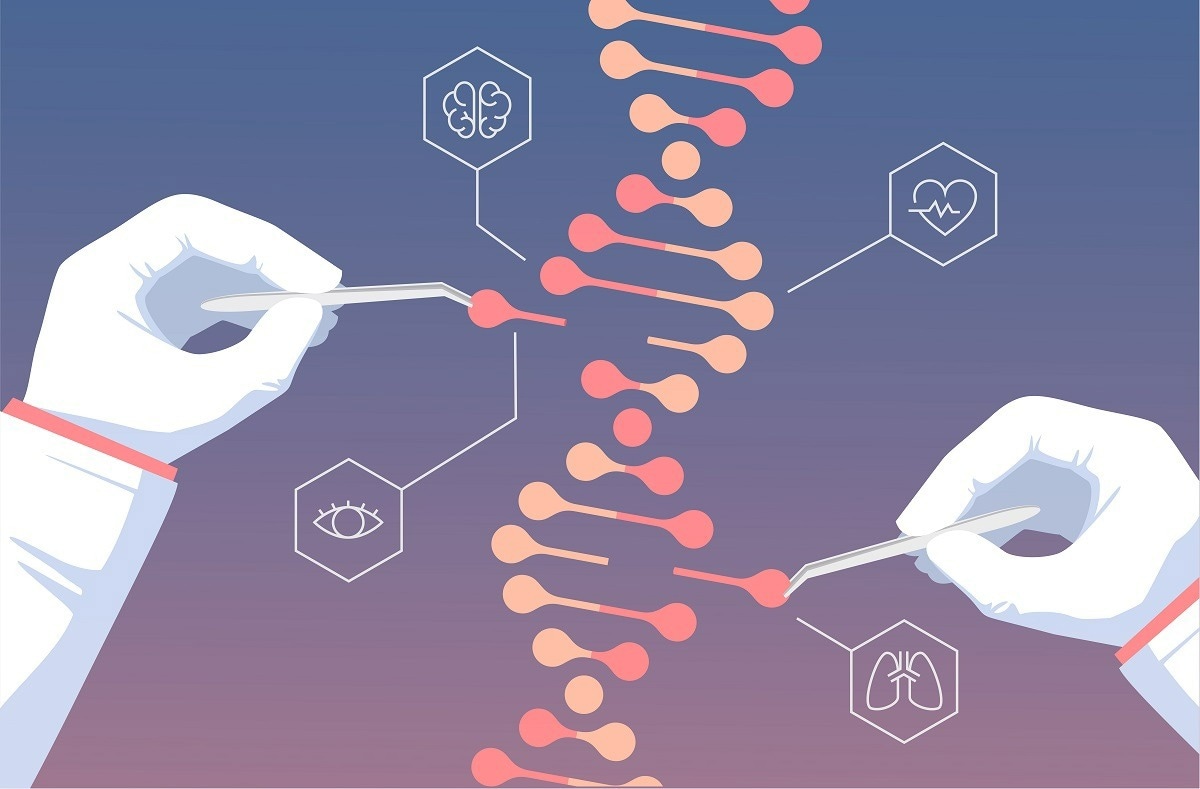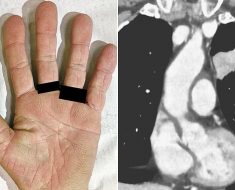 Thought LeadersRyan JacksonAssistant Professor Utah State University
Thought LeadersRyan JacksonAssistant Professor Utah State University In this interview, News Medical speaks to Assistant Professor Ryan Jackson about his latest work, published in tandem Nature papers, detailing the discovery of a new CRISPR immune system.
Please can you introduce yourself and tell us about your professional background?
I am an Assistant Professor at Utah State University (USU). I use biochemical and structural techniques to understand how the molecules that perform the reactions of life function. I’ve been working in the CRISPR field since 2011. I started as a postdoc in Blake Wiedenheft’s lab at Montana State University, and in 2016 I started my own research lab at USU. I earned both of my degrees (a B.S. in Biology and a Ph.D. in Biochemistry) from USU, so joining the faculty was like coming home. My research lab specializes in determining the structure and function of newly discovered and obscure CRISPR systems.
Due to its gene editing potential, CRISPR has caught the imagination of the general public and the scientific community. Could you briefly tell us what CRISPR is and its potential medical significance?
CRISPR was discovered by scientists studying bacterial immune systems. In nature, CRISPR systems protect bacteria from viruses. But once scientists discovered that the system could be reprogrammed to cut and edit DNA sequences in a variety of cells, including plants and humans, it has been primarily understood to be a tool for gene editing.

Image Credit: ART-ur/Shutterstock.com
The potential medical significance of CRISPR-based tools is vast, including tools for research to identify the roles of genes in disease and tools for the fast diagnosis of disease. Probably the most amazing potential is the ability to edit the DNA of cells that make humans sick – potentially curing genetic diseases. A recent example of this is Victoria Gray and the use of CRISPR to cure her sickle cell anemia.
You have recently published two papers in the journal Nature. Please could you describe how you conducted each study and the main findings from each paper? How does this new system, Cas12a2, differ from better-known CRISPR systems, such as CRISPR-Cas9?
We used microbiology, biochemistry, and structural methods to determine how a distinct CRISPR system functions. We discovered that, unlike the better-known systems like Cas9, which protect cells from viral-induced death, activation of our system shuts down cells that are infected. This “abortive” mechanism kills or slows down the growth of the cell before the virus can replicate and infect other bacteria.
Genetics & Genomics eBook

We also determined that, unlike CRISPR systems that target DNA (e.g., Cas9), our system (Cas12a2) targets RNA. Instead of making a single specific cut in the targeted DNA, like Cas9, when Cas12a2 binds RNA, it drastically changes its shape in a way that allows it to bind and cut any sequence of DNA or RNA. This cutting activity destroys the virus genome but also degrades the genome of the host cell, shutting down the cell before the virus can replicate.
How is Cas12a2 able to thwart infection, and what are the potential applications of such an ability?
Cas12a2 recognizes virus RNA and then kills or shuts down the infected cell before more viruses can be made. Although much more needs to be done, we can envision repurposing Cas12a2 to recognize infected human cells and then causing them to die before they can make new viruses. Effectively stopping an infection in its tracks. We envision that such therapies could extend to any cells with a specific genetic marker that could be recognized by Cas12a2, for example, cancer.
What are the potential therapeutic and diagnostic applications of Cas12a2?
The therapeutic applications would be any application where the death of a cell with a specific RNA signature would treat a disease state. Such applications could treat communicable diseases as well as more complicated diseases such as cancer.
The diagnostics applications are more obvious and are more likely to be realized in the near future. Cas12a2 can be programmed to identify RNA from any disease. The RNA-induced activation of DNA cutting can be leveraged to amplify RNA detection. Thus, this tool could be used to diagnose any disease quickly.
How significant are your findings to the current understanding of CRISPR systems and their potential applications?
Our results are significant because no other CRISPR-associated (Cas) protein binds RNA and then becomes a single- and double-stranded DNA and RNA cutter that cuts any sequence.

Image Credit: Panuwach/Shutterstock.com
Other proteins have parts of this activity but not both. For example, Cas13 enzymes bind RNA and then become RNA cutters, and Cas12a enzymes bind double-stranded DNA and become single-stranded DNA cutters. Also, some CRISPR systems link RNA-binding to DNA degradation (e.g., type III CRISPR systems activating NucC DNAses), but this activity relies on multiple proteins and second messenger intermediates.
As far as we know, Cas12a2 is the only single-protein Cas enzyme that binds RNA and then becomes a single-stranded DNA, double-stranded DNA, and single-stranded RNA cutter.
What is next for you and your research?
We are working to see how Cas12a2 can be repurposed, and we continue to research the structure and function of other newly discovered and obscure CRISPR systems. We anticipate that our work will lead to many more interesting discoveries with potential applications in science and medicine.
Where can readers find more information?
- https://www.nature.com/articles/s41586-022-05559-3
- https://www.nature.com/articles/s41586-022-05560-w
About Assistant Professor Ryan Jackson
I am an Ass istant Professor of Biochemistry at Utah State University. I have been using structural biology and biochemistry to determine the function of the molecules of life since 2007. I am most interested in understanding how protein and RNA molecules interact in life science reactions.
istant Professor of Biochemistry at Utah State University. I have been using structural biology and biochemistry to determine the function of the molecules of life since 2007. I am most interested in understanding how protein and RNA molecules interact in life science reactions.
Posted in: Molecular & Structural Biology | Thought Leaders | Life Sciences News
Tags: Anemia, Bacteria, Biochemistry, Cancer, Cas13, Cas9, Cell, CRISPR, Diagnostic, Diagnostics, DNA, Enzyme, Gene, Genes, Genetic, Genome, Immune System, Life science, Medicine, Microbiology, pH, Protein, Research, RNA, Sickle Cell Anemia, Structural Biology, Virus

Written by
Danielle Ellis
Danielle graduated with a 2:1 in Biological Sciences with Professional Training Year from Cardiff University. During her Professional Training Year, Danielle worked with registered charity the Frozen Ark Project, creating and promoting various forms of content within their brand guidelines.Danielle has a great appreciation and passion for science communication and enjoys reading non-fiction and fiction in her spare time. Her other interests include doing yoga, collecting vinyl, and visiting museums.
Source: Read Full Article





